10 Signs You're Burning Fat, Not Muscle
Stepping on the scale only to see the numbers barely moving while your clothes feel looser? You're not alone in this frustrating experience. Many people focus solely on weight loss, missing the more important signs of true body transformation. Dr. Marc Morris, a Nutrition Coach and Educator, explains that the scale doesn't tell the whole story. Here are the real changes people notice when they lose pure fat while preserving valuable muscle mass.
The Scale Becomes Less Important
"The scale really only measures one number, and that's your body weight," Dr. Morris explains in his post. "Weight loss does not necessarily mean fat loss, which is what you truly want." Your total body weight fluctuates based on multiple factors, including muscle mass, fat mass, water weight, and even the food you've recently eaten. Understanding this change in perspective is often the first sign of real progress.
Clothes Start Fitting Differently
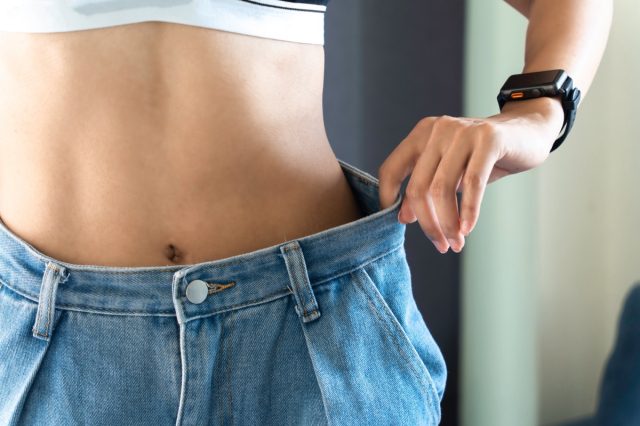
One of the most noticeable changes comes in how your clothes fit. "Maybe your favorite shirt that usually fits pretty well is starting to feel a little bit loose, or maybe you no longer have to shimmy into your favorite pair of jeans," Dr. Morris notes. This happens because muscle is denser than fat, meaning you can look slimmer without a significant drop in weight.
RELATED: 9 Foods with More Protein Than an Egg for Weight Loss, Says Nutrition Coach
Body Measurements Tell a New Story
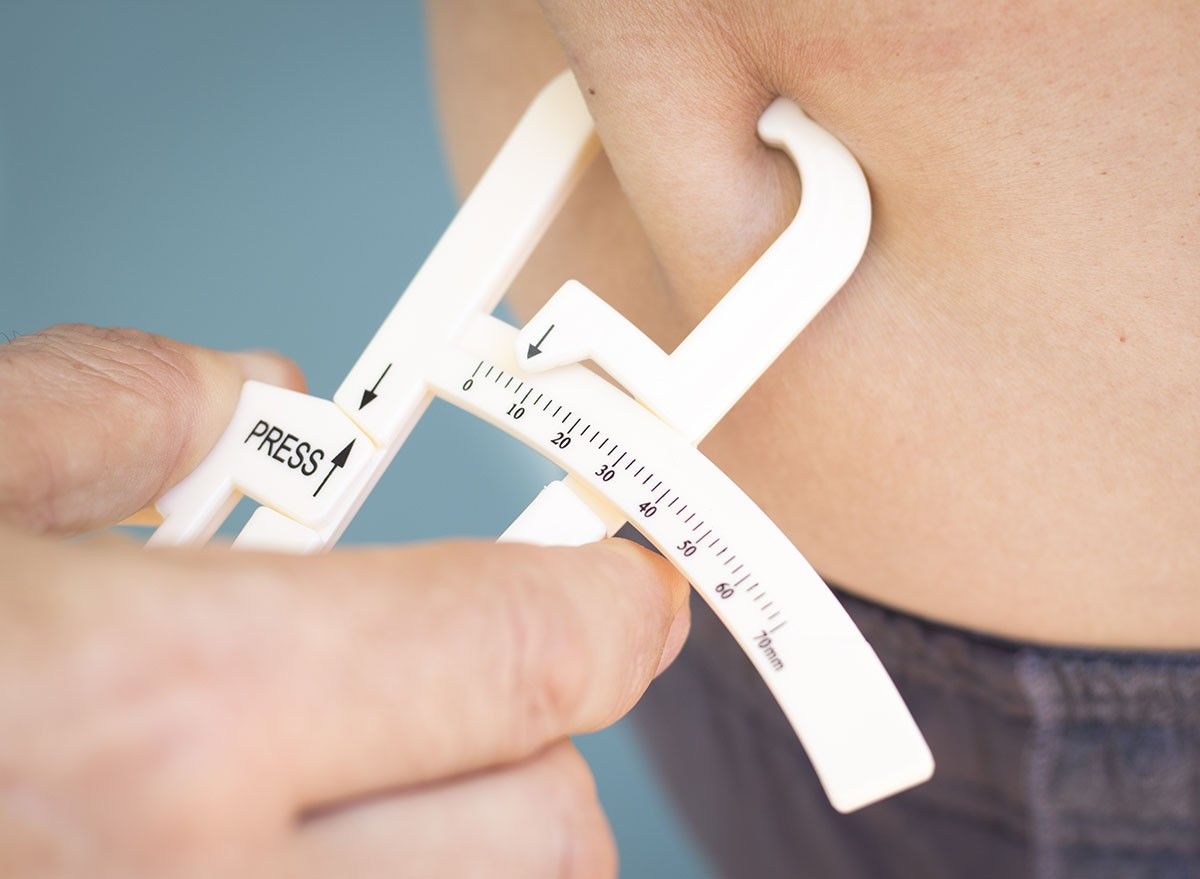
"When you lose fat, you can't really control where on your body you'll lose it from," Dr. Morris explains. "But if you start to notice that you're losing circumference around your waist, it's usually a pretty good indication that you're losing some fat in your belly as well as everywhere else." Regular measurements become a more reliable progress tracker than the scale.
Strength Levels Maintain or Improve
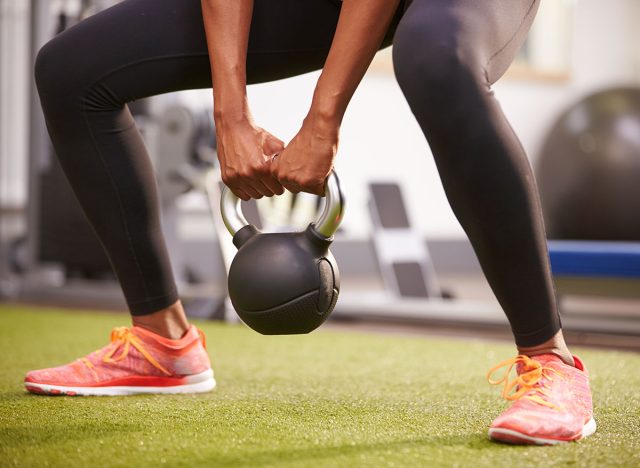
"When you lose body fat, you don't want to lose so much muscle mass that you become weaker," Dr. Morris says. Progress might show up as being able to lift heavier weights or perform more repetitions. This maintenance or improvement in strength is a clear sign you're preserving muscle while losing fat.
Energy Levels Become More Stable

As the body becomes more efficient at using fat for fuel, many people notice more consistent energy levels throughout the day. Dr. Morris points out that proper protein intake plays a crucial role in maintaining steady energy levels while supporting muscle preservation.
Hunger Patterns Change
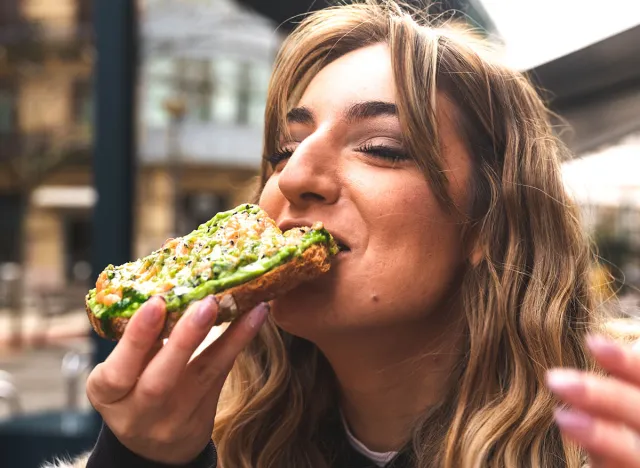
"Hunger management plays a huge role in losing body fat," Dr. Morris notes. When you're losing pure fat, you shouldn't feel constantly ravenous. Mayo Clinic confirms this, explaining that "protein decreases the hunger hormone ghrelin and increases hormones that promote feelings of fullness and satisfaction."
RELATED: Mom Loses 35 Pounds in 6 Months Using 5 Natural Methods to Lower Cortisol
Muscle Definition Becomes More Visible

Visual changes in muscle definition are a clear sign of fat loss. "If you start to see visual changes of muscle definition in different areas of your body, that's a very good sign that you're losing fat," Dr. Morris explains. This might include more visible muscle tone, increased vascularity in your arms, or more defined leg muscles.
Recovery Improves

Many people notice better recovery between workouts when losing pure fat rather than muscle. This is supported by maintaining adequate protein intake, which WebMD suggests should be "25 to 30 grams of protein in each meal" to support muscle maintenance during fat loss.
Body Shape Changes While Weight Might Not
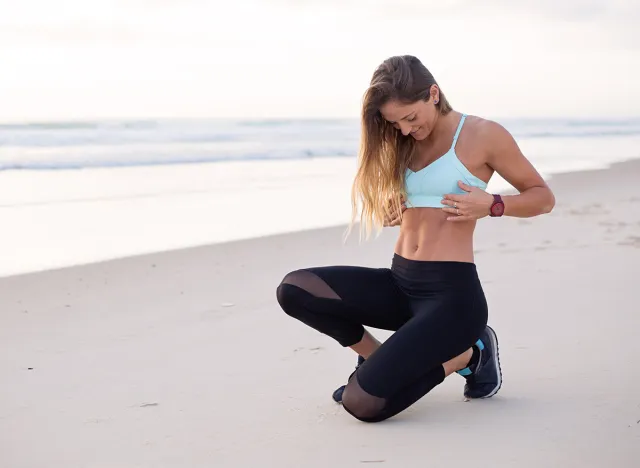
Mayo Clinic recommends "a safe and sustainable rate of weight loss is 1 to 2 pounds per week." However, body composition changes might be more noticeable than weight changes. For example, you might maintain the same weight while looking leaner and more toned, a sign that you're losing fat while preserving muscle.
Long-term Success Becomes More Achievable

According to the National Weight Control Registry, "about 20% of people who lose at least 10% of their body weight maintain it for at least a year." When you focus on losing fat while maintaining muscle, you're more likely to achieve sustainable results through consistent habits rather than quick fixes.
RELATED: She Broke Up with These 5 Bad Habits at 46 and Lost 10 Pounds in 2 Months
The Science Behind Successful Fat Loss
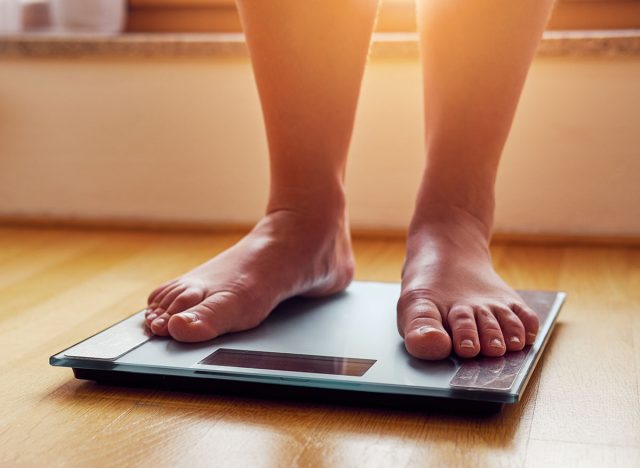
According to Harvard Health, the Recommended Dietary Allowance (RDA) for protein is 0.8 grams per kilogram of body weight, or 0.36 grams per pound. The RDA represents the minimum amount needed to meet basic nutritional requirements and prevent illness, not necessarily the specific amount you should consume daily. To calculate your daily protein intake, multiply your weight in pounds by 0.36, or utilize an online protein calculator.
For instance, a sedentary 50-year-old woman weighing 140 pounds should aim for about 53 grams of protein daily.
Remember that achieving these changes requires patience and consistency. Focus on these evidence-based signs of progress rather than just the number on the scale, and you'll be well on your way to achieving sustainable fat loss while maintaining valuable muscle mass. And if you enjoyed this article, take advantage of these 15 Quick Ways to Lose Body Fat Percentage in a Week.





